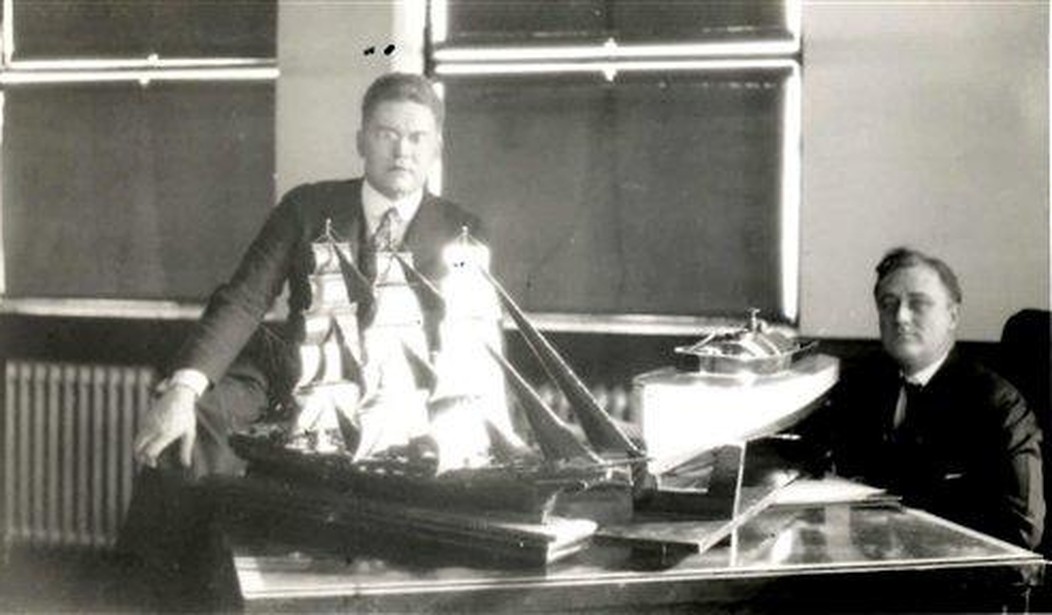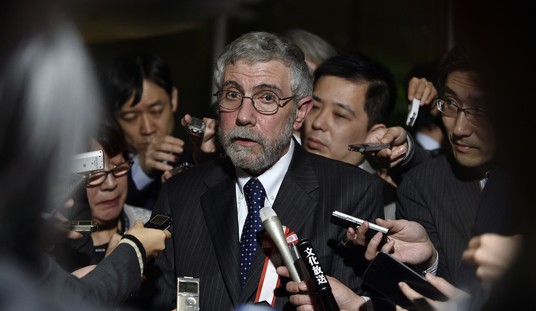When Franklin Roosevelt became president early in 1933, he not only inherited the economic meltdown left by the previous Republican administration, he also inherited their now-infamous trade policy. The former Republican chairmen of the Senate Finance and House Ways and Means Committees, Sen. Reed Smoot of Utah and Rep. Willis Hawley of Oregon, favored “protecting” the American economy by keeping out goods produced in other countries. The “Smoot-Hawley” Tariff Act of 1930 set import tariffs at their highest levels in over 100 years. Other countries retaliated by raising their tariffs, U.S. imports contracted, exports also sank, and total world trade plummeted. Smoot-Hawley generally is credited with serving to deepen and lengthen the Great Depression. Torpedoing international trade also proved not to be an effective political strategy. Neither Smoot nor Hawley was returned to office in the 1932 election.
Roosevelt set about repairing the damage. His secretary of state, Cordell Hull, actively promoted passage of the Reciprocal Trade Agreements Act of 1934. This law gave the president authority to negotiate tariff reductions with other countries on a balanced basis. Congress agreed to approve or reject tariff-reduction packages by a simple majority vote. Hull’s 11-year tenure made him the longest-serving secretary of state. He also was awarded the 1945 Nobel Peace Prize, largely for his efforts to establish the United Nations. Hull’s reciprocal approach to tariff reductions demonstrated that collaboration among nations could lead to meaningful economic and political benefits. It laid the groundwork for trade liberalization in the post-WWII era.
President Truman moved the process forward by joining with 22 other nations to create the General Agreement on Tariffs and Trade (GATT) in 1947. Congress provided the president with negotiating authority, and the GATT accomplished three rounds of tariff reductions – known as the Geneva, Annency, and Torquay Rounds – between 1947 and 1951.
During 20 years on the sidelines, Republicans had plenty of time to rethink their positions on trade policy. Even they could see that reducing trade barriers led to greater freedom for people in the United States to do business with willing buyers and sellers elsewhere in the world. This approach seemed to be working a lot better for the U.S. and global economies than had been the case with their high-tariff regime. Frankly, empirical evidence sometimes makes a difference, even for politicians. During the terms of President Eisenhower, the Geneva Round (1955-1959) of GATT negotiations was completed, and work began on the Dillon Round (1960-1962).
Recommended
The Kennedy administration concluded the Dillon Round and then received a new grant of tariff negotiating authority in the Trade Expansion Act of 1962. This authority was used to launch the Kennedy Round, which was completed by the Johnson administration in 1967. At that point, things became more complicated. U.S. negotiators had agreed to many tariff reductions, but also to two non-tariff changes: a modification to U.S. customs valuation rules; and adjustments to U.S. antidumping procedures. Domestic constituencies opposed those changes. Because they exceeded the administration’s negotiating authority, Congress simply chose not to enact them.
Governments that had made concessions in exchange for those U.S. policy reforms were not amused. Without a guarantee that Congress actually would vote on the final package, no country was willing to negotiate with the United States. A reality of the U.S. Constitution is that the president has the authority to negotiate with other countries, but Congress regulates foreign commerce. How could that gap be bridged?
The response was the Trade Act of 1974, which was developed with bipartisan support and signed by President Ford. Congress granted the president five years of negotiating authority that covered not only tariffs, but also non-tariff measures. Congress also agreed to an up or down vote without amendments on agreements negotiated under that authority. This procedure initially was called “fast track,” and more recently “Trade Promotion Authority” (TPA).
President Carter used this authority to conclude the Tokyo Round in 1979, and similar legislation allowed President Clinton to finalize the North American Free Trade Agreement (NAFTA) in 1993 and the Uruguay Round in 1994. Five decades of liberalization helped to boost the value of global merchandise exports by more than 300 times, from $58 billion in 1948 (inflation adjusted) to $18.8 trillion in 2013.
Somewhere along the way, large constituencies within the Democratic Party appear to have switched sides, responding to the alluring siren call of Messrs. Smoot and Hawley. Organized labor and various liberal organizations now are actively opposing a new grant of TPA that could enable the Obama administration to complete the Trans-Pacific Partnership (TPP) with 11 other nations, and possibly also the Transatlantic Trade and Investment Partnership (TTIP) with the 28 members of the European Union. For the first time since Roosevelt began the shift toward a more-integrated global economy, a president may conclude his term without ever having authority to negotiate.
What would President Roosevelt think about his own party abandoning his legacy in support of more-open global markets? And where is Cordell Hull when we need him?
























Join the conversation as a VIP Member